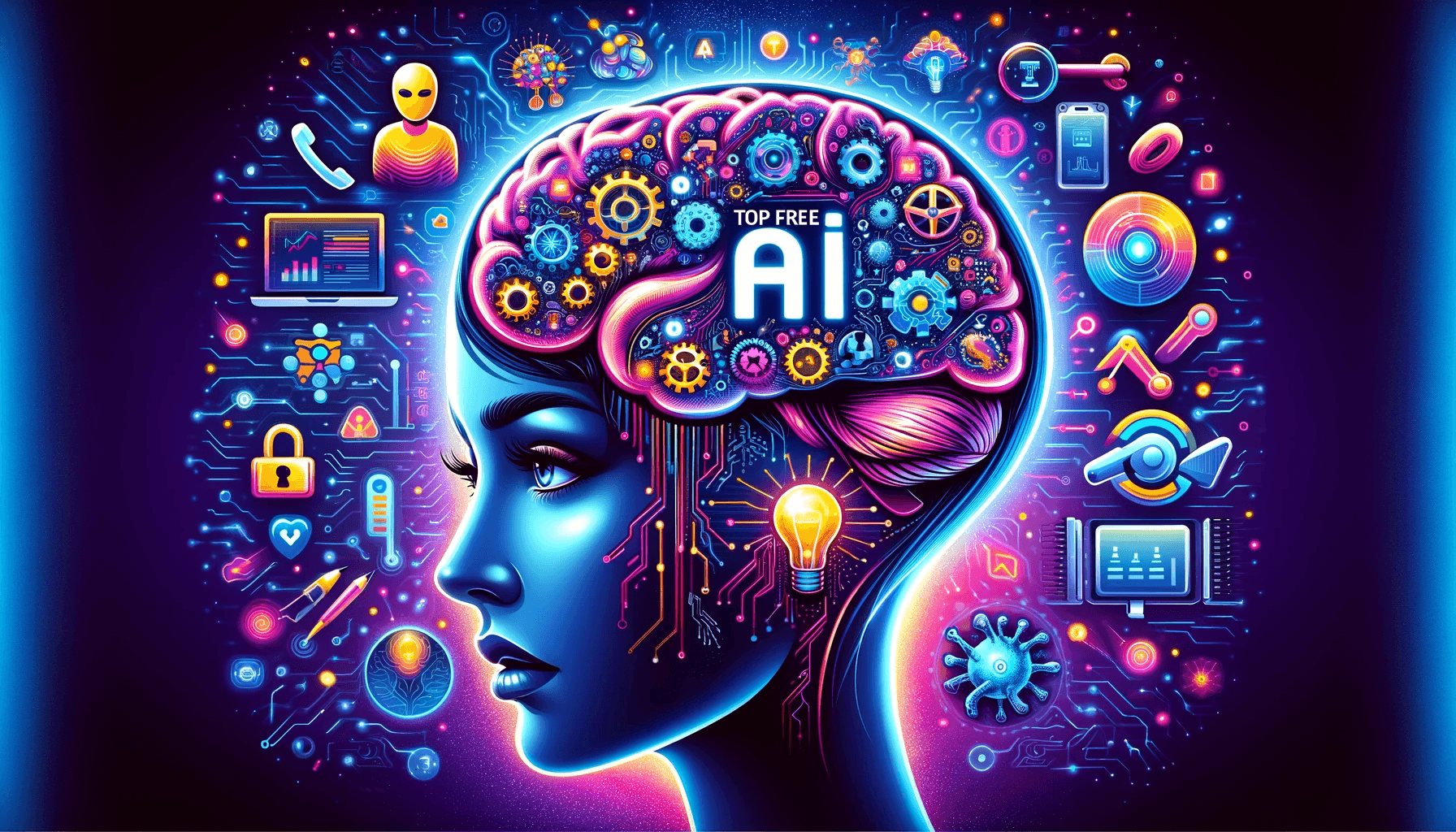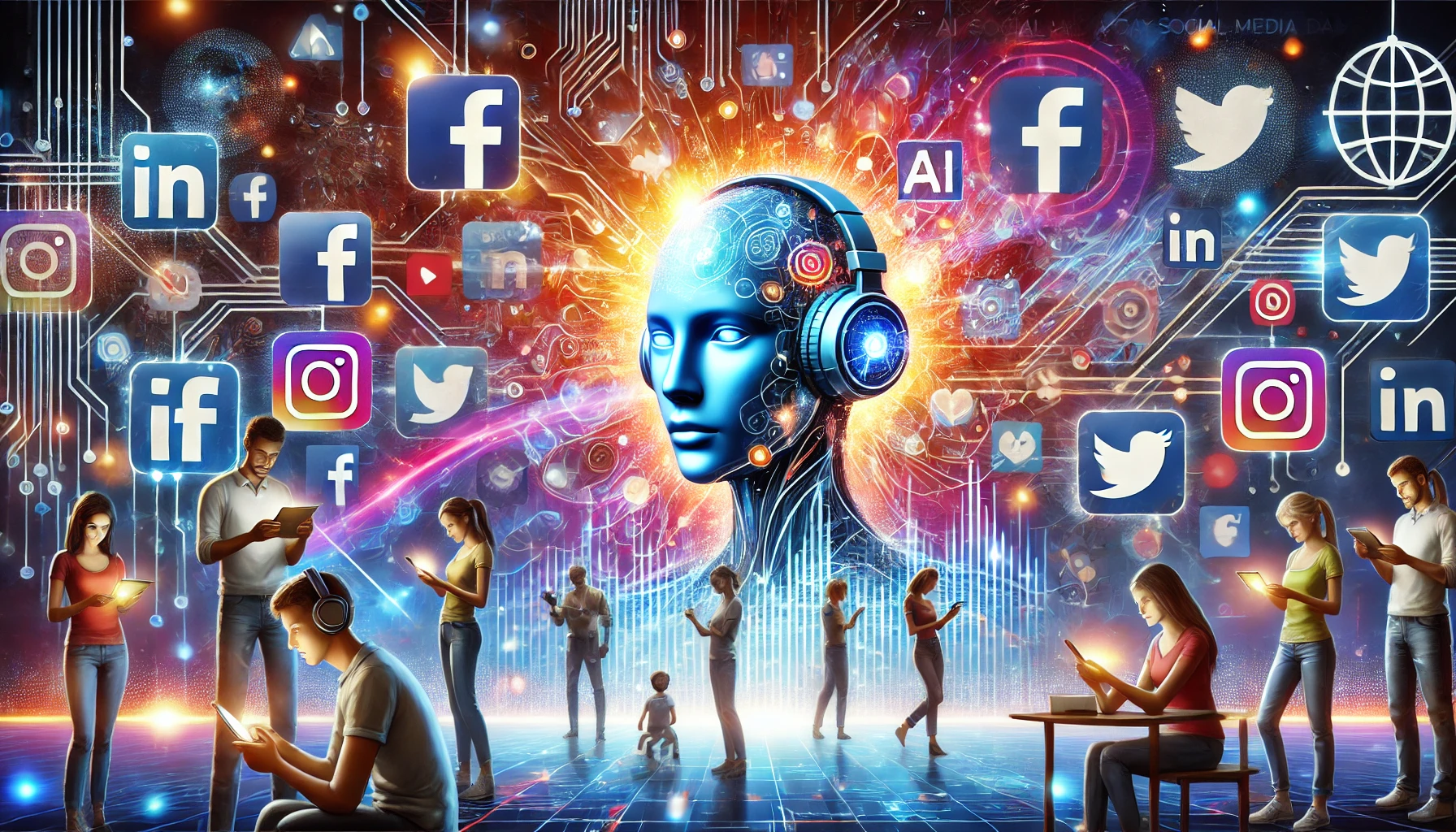Artificial Intelligence (AI) is rapidly transforming the legal industry, streamlining complex processes, improving access to justice, and reshaping the way legal professionals work. Understanding the latest breakthroughs in AI in law is essential to appreciate how technology is revolutionizing legal practice and client services.
What Are the Breakthroughs in AI in Law?
AI in law leverages machine learning, natural language processing, and data analytics to automate, optimize, and enhance various legal tasks. These technological advancements are not just about efficiency—they are redefining the boundaries of what is possible in the legal field.
Key Breakthroughs in AI and Law
Legal Research Automation
AI-powered platforms can now perform complex legal research in seconds. These tools analyze vast amounts of case law, statutes, and legal precedents to provide accurate, relevant results. This breakthrough drastically reduces the time spent on research, allowing lawyers to focus on strategy and client engagement.
Contract Review and Analysis
AI tools are capable of quickly reviewing, analyzing, and flagging potential issues in legal contracts. This speeds up the due diligence process, minimizes human error, and ensures greater consistency. AI can identify non-standard clauses, assess risks, and even suggest alternative language.
Predictive Analytics
AI models can predict case outcomes based on historical data, judge rulings, and other relevant factors. This enables lawyers to better assess the strengths and weaknesses of their cases and make more informed decisions regarding settlements, litigation strategies, and client advisories.
Document Generation
AI-driven document automation tools help legal professionals create contracts, agreements, and other legal documents rapidly. By using intelligent templates and input parameters, these systems minimize repetitive tasks and improve accuracy.
AI-Powered Legal Chatbots
AI chatbots are increasingly being used to handle routine client inquiries, provide basic legal information, and even assist with document filing. These tools enhance client engagement and make legal assistance more accessible, especially for individuals who may not afford traditional legal services.
E-Discovery and Data Analysis
In litigation, AI significantly improves e-discovery by efficiently sorting through large volumes of emails, documents, and digital evidence to find relevant information. This breakthrough saves time and reduces the cost of managing complex litigation cases.
Access to Justice
Perhaps one of the most impactful breakthroughs is how AI is improving access to justice. Low-cost AI-powered legal tools and platforms are making legal support available to underserved communities, helping bridge the gap between complex legal systems and the public.
Challenges to Consider
Despite these breakthroughs, some challenges remain:
- Data Privacy and Security: Legal data is highly sensitive, requiring strict protection against breaches.
- Bias in Algorithms: AI systems can inherit biases from their training data, potentially affecting fairness in decision-making.
- Ethical and Regulatory Questions: The rapid adoption of AI raises concerns about accountability, especially in areas where AI makes predictions or decisions that impact legal outcomes.
Conclusion
The breakthroughs in AI in law are transforming the industry, making legal services faster, more accessible, and more efficient. From contract analysis to predictive litigation outcomes, AI is becoming an indispensable ally for modern legal professionals. As the technology continues to evolve, balancing innovation with ethical responsibility and human oversight will be critical to shaping the future of law in the age of AI.







Leave feedback about this